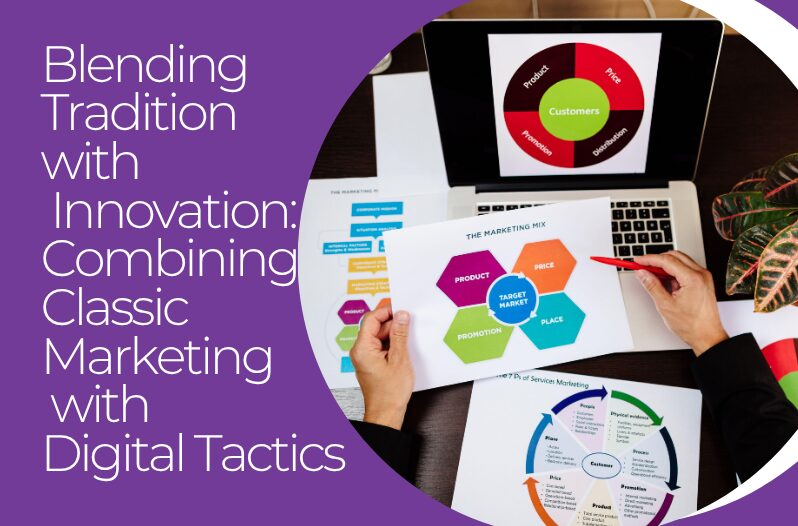What if I told you that most websites are designed to fail at converting visitors? Despite all the effort poured into attracting traffic, businesses often leave massive potential untapped due to fundamental misunderstandings about user behaviour. Conversion Rate Optimisation (CRO) isn’t just a nice-to-have; it’s the key to unlocking hidden profits from your existing audience. By challenging conventional wisdom and harnessing the power of data, you can turn your website into a conversion machine—no extra traffic required.
In this article, we’ll delve into the transformative potential of CRO, dissect the common pitfalls, and explore how a data-driven approach can revolutionise the way you engage with your audience. Whether you’re new to CRO or looking to refine your strategy, this guide will equip you with actionable insights to turn clicks into meaningful conversions.
Key Factors Influencing CRO
User Experience (UX)
A seamless, intuitive user experience forms the foundation of effective CRO. Poor navigation, slow load times, and cluttered designs can deter users, while clean, responsive interfaces encourage engagement. Balancing aesthetic appeal with functionality is crucial.Data-Driven Insights
CRO thrives on data. Tools like Google Analytics, heatmaps, and session recordings offer valuable insights into user behaviour. Identifying drop-off points, click patterns, and page performance enables targeted improvements.A/B Testing
Experimentation is at the heart of CRO. A/B testing allows marketers to compare two versions of a webpage to determine which performs better. While effective, this approach requires careful planning and a willingness to iterate.Persuasive Content and CTAs
Clear, compelling content and strategically placed CTAs drive conversions. Understanding the target audience’s pain points and aligning messaging with their needs is essential.Mobile Optimisation
With an increasing number of users accessing websites via mobile devices, ensuring mobile responsiveness is non-negotiable. A mobile-friendly site not only enhances UX but also positively impacts SEO rankings.
Optimising for conversions involves balancing multiple factors.
For example:
Aesthetic vs. Functionality:
Overloading a page with flashy visuals might compromise load times and usability.Short-Term Gains vs. Long-Term Trust:
Overly aggressive CTAs may boost short-term conversions but risk alienating users if they feel intrusive.Personalisation vs. Privacy:
Tailored experiences boost engagement, but over-personalisation can raise privacy concerns.
Challenges in Implementing CRO
Data Overload
With vast amounts of data available, prioritising actionable insights can be overwhelming. Identifying key metrics and focusing on them is vital.Resistance to Change
Implementing CRO often requires altering established designs or strategies. Stakeholder buy-in and effective communication are crucial to overcoming resistance.Continuous Testing
CRO is not a one-time effort. It demands ongoing experimentation and adaptation to changing user behaviours and market trends.Balancing CRO with SEO
Enhancing conversions while maintaining search engine rankings can be tricky. For instance, reducing content for a cleaner design might impact keyword optimisation.
Why CRO Matters
Investing in CRO benefits businesses by maximising the ROI of marketing efforts, improving customer satisfaction, and fostering long-term loyalty. However, achieving this requires a data-centric approach that prioritises the user while balancing competing factors.
CRO is more than a buzzword; it is a strategic necessity in today’s digital ecosystem. By understanding user behaviour, leveraging data analytics, and embracing iterative improvements, businesses can turn clicks into meaningful conversions. While challenges exist, a thoughtful, user-focused approach ensures sustainable success.
By demystifying CRO and leveraging its principles, marketers can not only enhance their digital strategies but also create impactful experiences that resonate with their audience.





